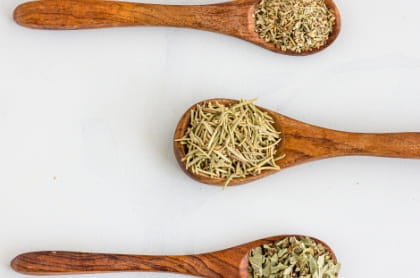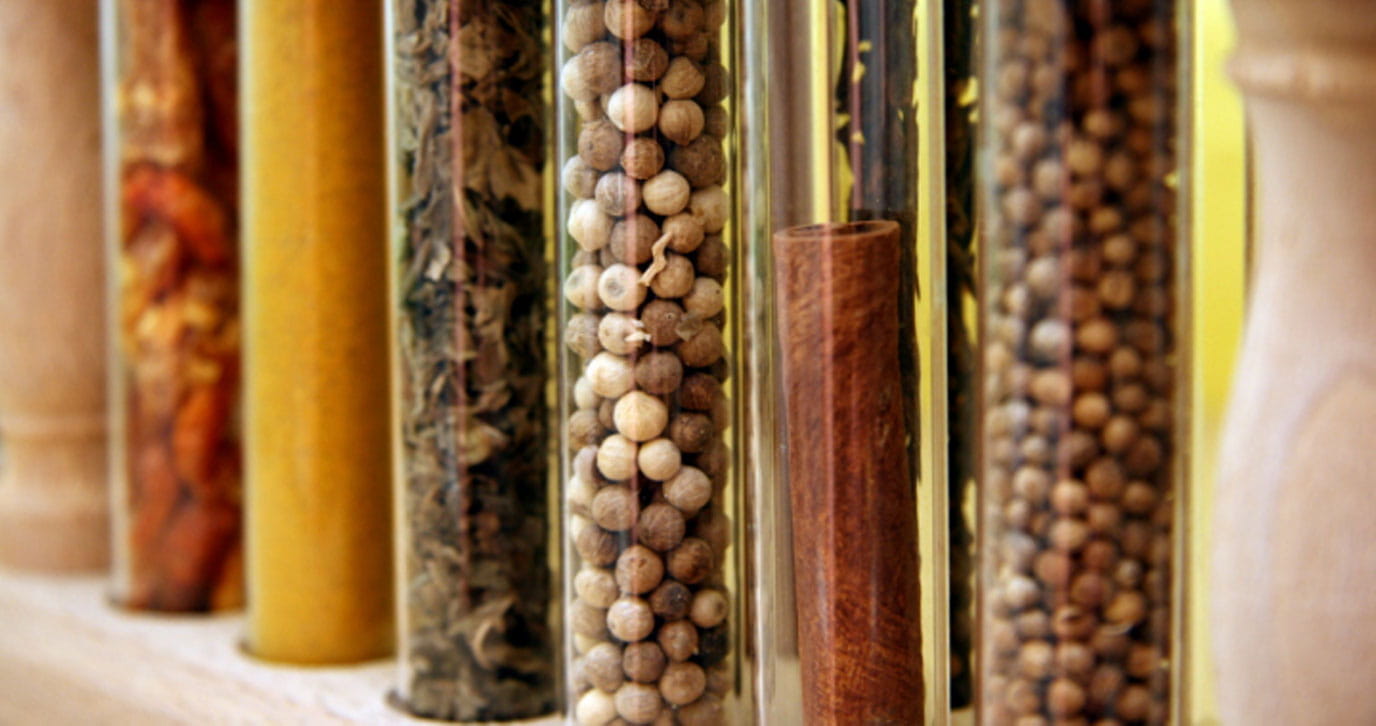July, 2025
Evaluating the Influence of Videos on Medical Professionals’ Perception of Using Herbs and Spices for Healthy Cooking and Potential Application in Patient CareCharacterization and Pharmacokinetic Profile of Herbs and Spices’ Phytochemicals over 24 h after Consumption in Overweight/Obese Adults
Yudai Huang, Indika Edirisinghe, Britt M. Burton-Freeman, and Amandeep K. Sandhu

This study aims to characterize the phytochemicals in commonly consumed herbs/spices (H/S) in the United States and their pharmacokinetic profile (PK) over 24 h in humans after consumption.
Methods
The clinical trial is a randomized, single-blinded, four-arm, 24 h, multi-sampling, single-center crossover design (Clincaltrials.gov NCT03926442) conducted in obese/overweight adults (n = 24, aged 37 ± 3 years, BMI = 28.4 ± 0.6 kg m-2 ). Study subjects consume a high-fat high-carbohydrate meal with salt and pepper (control) or the control meal with 6 g of three different H/S mixtures (Italian herb: rosemary, basil, thyme, oregano, and parsley in the same ratio; cinnamon; and pumpkin pie spice containing cinnamon, ginger, nutmeg, and allspice, the ratio is unknown).
Results
Three H/S mixtures are analyzed and 79 phytochemicals are tentatively identified and quantified. Following H/S consumption, 47 metabolites are tentatively identified and quantified in plasma samples. The PK data suggest that some metabolites appear in blood as early as 0.5 h while others can extend up to 24 h.
Conclusion
Phytochemicals from H/S include in a meal are absorbed and undergo phase I and phase II metabolism and/or catabolized to phenolic acids peaking at different times.
Reference
Huang, Y, Edirisinghe, I, Burton-Freeman, BM, Sandhu, AK. Characterization and Pharmacokinetic Profile of Herbs and Spices' Phytochemicals over 24 h after Consumption in Overweight/Obese Adults. Mol Nutr Food Res. 67(14):e2200785. 2023.






